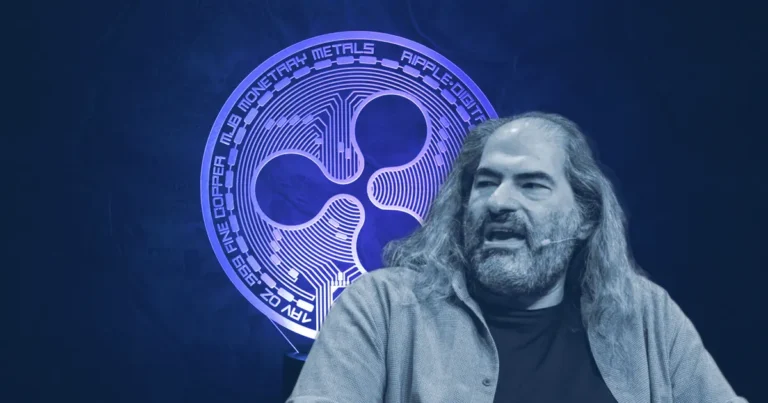5-6-2025 – Ripple’s Chief Technology Officer, David Schwartz, has confirmed the development of an integrated financial ecosystem anchored by the XRP Ledger (XRPL), the XRP token, and the newly launched RLUSD stablecoin. The announcement, made during a candid exchange with crypto journalist Vincent Scott at the recent XRP Las Vegas event, casts light on Ripple’s strategic pivot towards a self-sustaining financial architecture poised to rival traditional banking and fintech services.
XRP, RLUSD, and XRPL: The core of Ripple’s vision
Schwartz’s endorsement came in response to Scott’s proposed framework, which depicted Ripple’s ecosystem as a cohesive triad: XRP serving as the transactional “fuel” or medium of exchange, RLUSD functioning as a stable unit of account, and the XRPL providing a decentralised infrastructure for seamless payments. This trinity, Schwartz affirmed, forms the backbone of a system designed not only for efficient cross-border transactions but also for an expanding suite of financial services, including loans, investments, and everyday settlements. “You can indeed view these components as a financial system,” Schwartz declared, validating the journalist’s interpretation and signalling Ripple’s broader aspirations.
The introduction of RLUSD marks a significant step towards establishing a reliable foundation for routine transactions, extending Ripple’s reach beyond its established role in cross-border payments. By integrating a stablecoin, Ripple aims to enhance the ecosystem’s scalability and appeal, positioning it as a versatile platform capable of supporting a wide array of financial activities traditionally monopolised by banks and fintech giants.
From overlooked remarks to official validation
Initially, Scott’s account of the conversation failed to garner widespread attention, prompting the journalist to express frustration over the lack of recognition. Scepticism lingered, as his framework was based solely on his recollection of the exchange. However, following Scott’s public call for clarification, Schwartz stepped forward to corroborate the discussion, lending official weight to the notion of Ripple’s evolving financial system. This delayed validation underscores a broader challenge in the cryptocurrency space, where significant developments can slip under the radar without immediate confirmation or robust documentation.
The announcement has sparked curiosity within the crypto community, with some, like commentator Ricky Tan, questioning whether Ripple’s focus is shifting away from XRP towards a more diverse array of assets on the XRPL. Schwartz was quick to dispel such concerns, emphasising XRP’s enduring centrality to the ecosystem. While the XRPL now supports an expanding portfolio—including stablecoins, tokenised real-world assets, and even nascent loan offerings—Schwartz underscored XRP’s unique properties, which continue to distinguish it as the ecosystem’s cornerstone.
Well we certainly are at a crossroads here.
Okay so those that say I am lying or let’s take it with “a grain of salt” or I “am pulling their leg”;
let’s make a deal. A test of character.
Repost and like this
so we can get @JoelKatz to kindly affirm that this happened.… https://t.co/fEFvur5wEE
— VincentScott (@VincentSco72192) June 3, 2025
Ripple’s bold strides come at a time when the cryptocurrency industry is under intense scrutiny, yet the company’s efforts to build a comprehensive financial system signal a maturing vision. By weaving together the XRPL’s decentralised infrastructure, XRP’s liquidity, and RLUSD’s stability, Ripple is crafting a platform that could redefine how financial services are delivered in a digital age.


